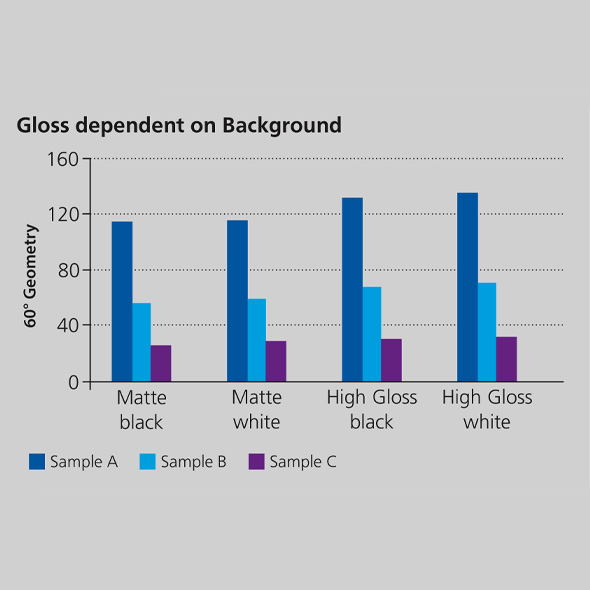Solid Color & Gloss
spectro2guide

Plastic raw materials such as polypropylen (PP), polyethylene (PE) and polycarbonate (PC) are usually supplied as colorless granular bulk goods. In order to guarantee consistent color, gloss and transparency of the final product, a routine quality control system needs to be established at the very first production step. Otherwise the phrase “garbage in – garbage out” may become reality. As granular plastic pellets are of irregular shape, the key for repeatable measurement results is a standardized sample preparation.
The basis for any plastic material is mineral oil which undergoes several fractionating steps to finally end up as straight-run gasoline (naphtha) which is then cracked and polymerized into different plastic resins. Dependent on the selection of the raw materials, the manufacturing process and the additives, different properties of the final plastic material can be achieved.

